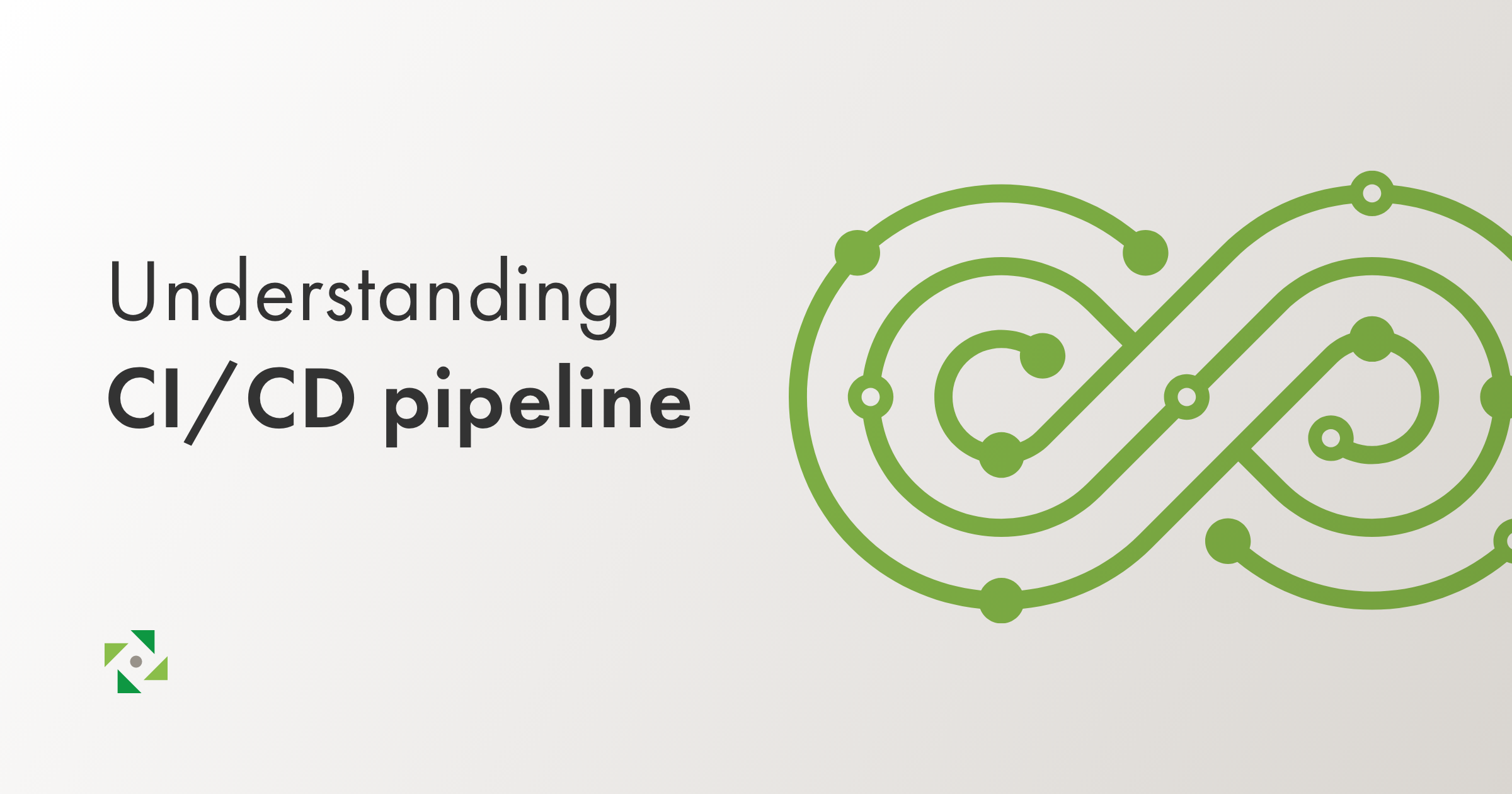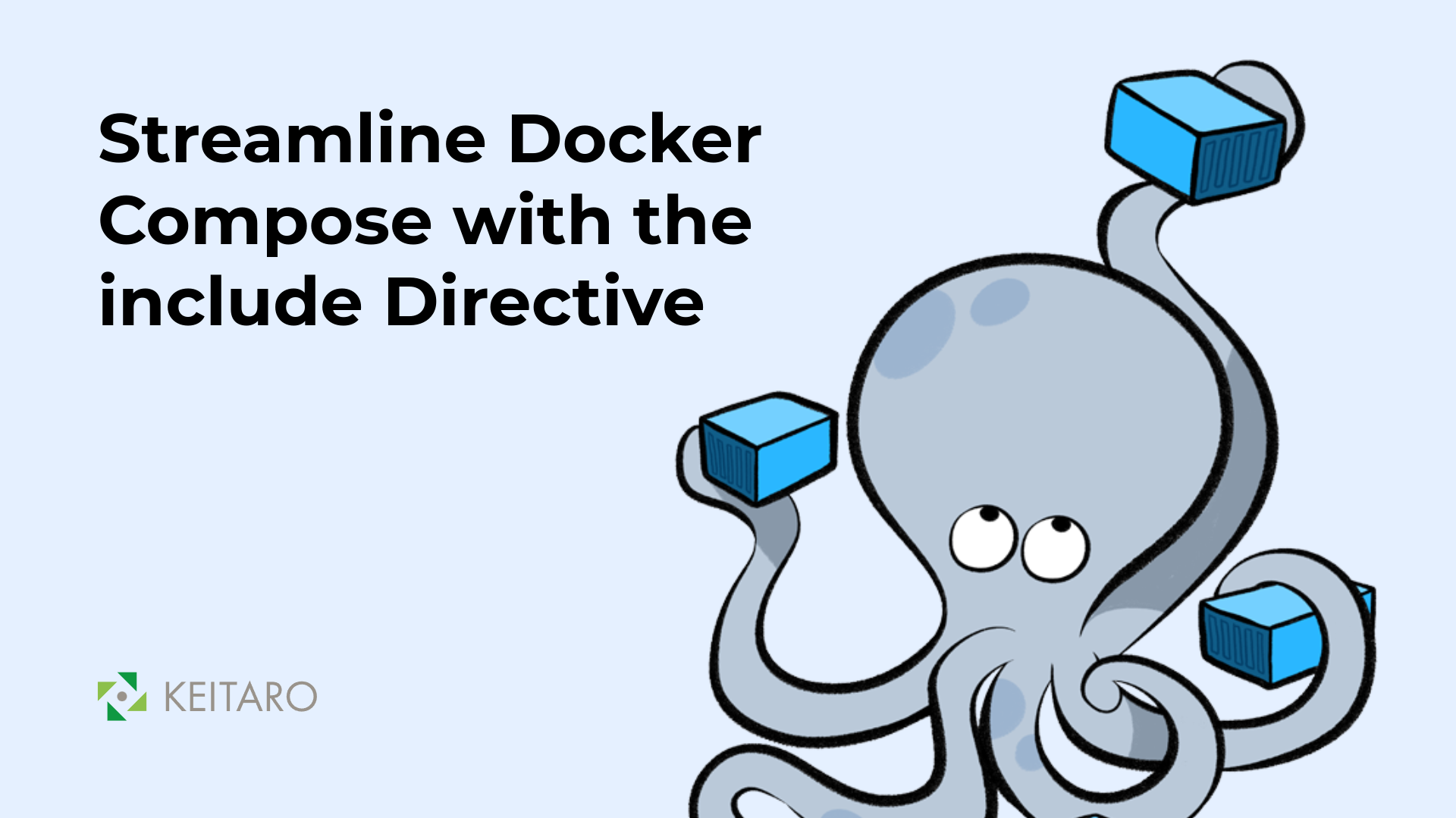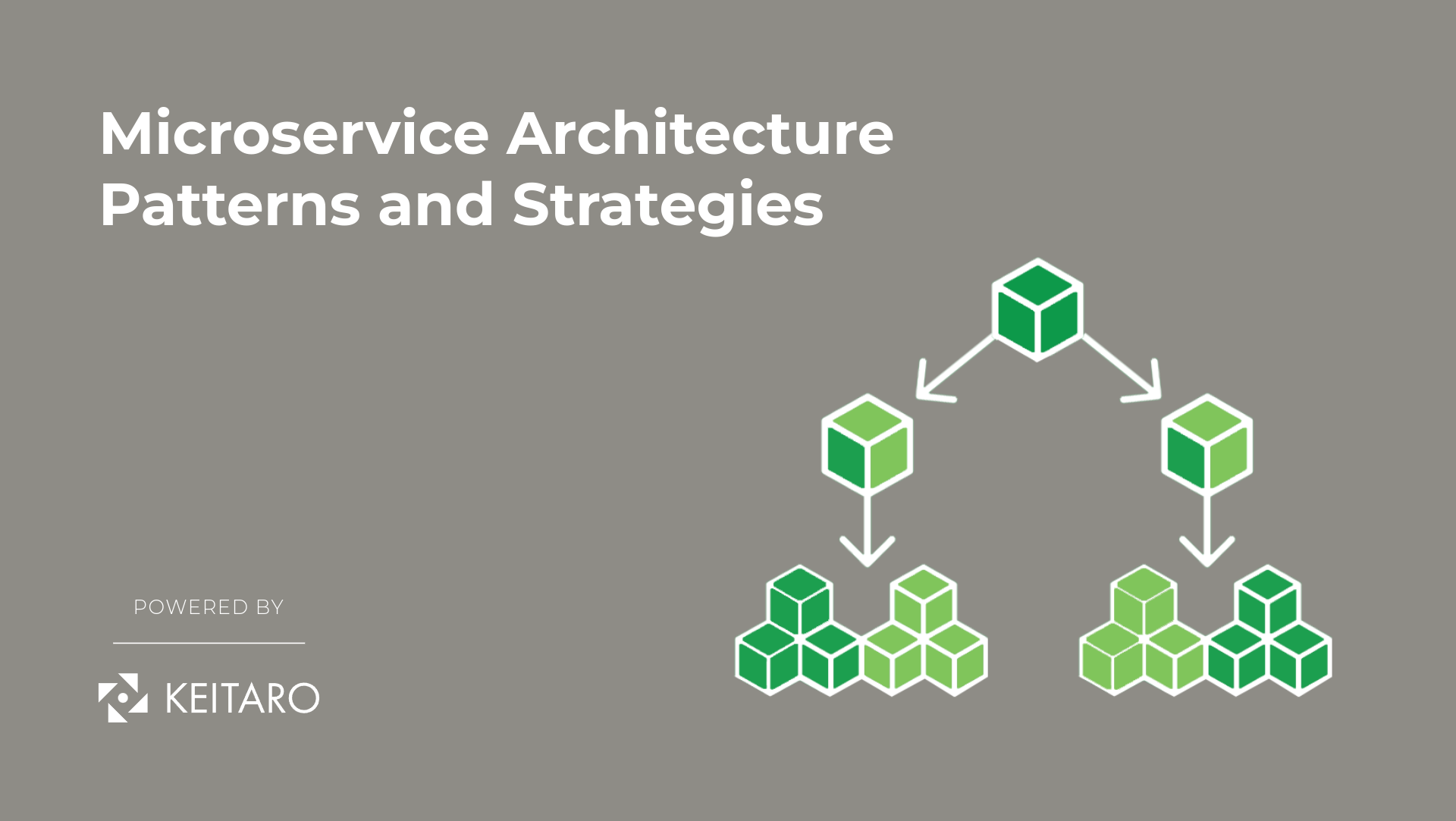The software development and delivery environments have become a lot more complex. Today software deployment is required to be fast, reliable, accurate, and continuous in order to gain a competitive edge and meet the ever-changing needs of the market and customers. A Continuous Integration (CI) / Continuous Delivery (CD) pipeline helps you automate the software delivery process and have more frequent code changes, thereby optimizing and minimizing the software development and deployment life cycle. The CI/CD pipeline, its elements, and other related aspects are the focus of this blog.
What is a CI/CD Pipeline?
Before we define CI/CD pipeline, let’s quickly understand what CI and CD actually mean.
CI stands for Continuous Integration, a development practice where developers merge/integrate code into the shared or central repository multiple times in a day. After every code check-in, it is verified via automated build, thereby letting the team identify problems during sending the code to production. CD stands for Continuous Delivery, the delivering of the code or software to the production phase once it has passed the automated tests.
A CI/CD pipeline is essentially a series of steps that take the source code or software all the way to production. It provides automation and monitoring functions to enhance both software development and deployment/delivery processes. An effective CI/CD pipeline offers a fast and efficient approach to taking a software product to market faster than competitors, while ensuring continuous code delivery to production, bug fixes, and the flow of new features, all through an efficient automated delivery method.
Elements of CI/CD Pipeline
A CI/CD pipeline usually consists of the steps that developers have to perform to deliver a new software version. So, the typical elements or stages of a CI/CD pipeline include:
- Source: This is the first step where the pipeline gets triggered by the source code repository when a change in the code sends a notification to the CI/CD tool.
- Build: This stage is where the source code and all its dependencies are compiled to build a runnable instance of the software.
- Test: This stage is where automated tests are conducted to identify bugs, authenticate code accuracy, and evaluate the performance of the product.
- Release: This stage is where the code is taken to the repository once it clears the automated tests.
- Deploy: This stage is where the code is deployed into production.
The above five stages of the CI/CD pipeline are just the general stages that a pipeline often encompasses. These stages, however, can vary based on your organization’s specific needs.
Characteristics of Good CI/CD Pipelines
As the goal of the CI/CD pipeline is to improve the quality of releases and ensure faster turnaround times, there are some attributes or characteristics of a good CI/CD pipeline that must be ensured:
- Speed: It is normal to have multiple steps associated with a CI/CD pipeline, but a good CI/CD pipeline is one that completes all those steps or stages in minimal time. If the process takes days to move code through the pipeline, then there is a need to reconfigure the CI/CD pipeline.
- Automation: An automated CI/CD pipeline infrastructure is one of the key elements of the best pipeline. With automation, there is no or minimal manual interaction required to move code from integration, testing, and deployment stages.
- Consistency: A good CI/CD pipeline ensures that the deployment process is consistent across all the environments. With consistency, developers can be assured that the code will work in both QA and production stages, as the artifact is exactly the same.
- Framework of Feedback Loops: A good CI/CD pipeline ensures quality releases after undergoing countless integrated feedback loops, as each stage of the pipeline might loop back to the previous stage or even to the beginning. For example, bugs in source code won’t trigger build, bugs in the testing stage won’t trigger deployment, etc.
Setting up a good CI/CD pipeline is worth all the effort because of the significant time and resources it saves afterwards. The development team is provided the capability for identifying bugs during QA instead of production, thereby reducing their overall level of stress.
Final Thoughts
The CI/CD pipeline is becoming a core part of the software development and delivery process owing to the huge benefits it provides an organization. It not only brings products to market faster, but the continuous integration and testing ensure quality releases. In short, the more automated and comprehensive a CI/CD pipeline is, the faster quality product releases can be achieved.



